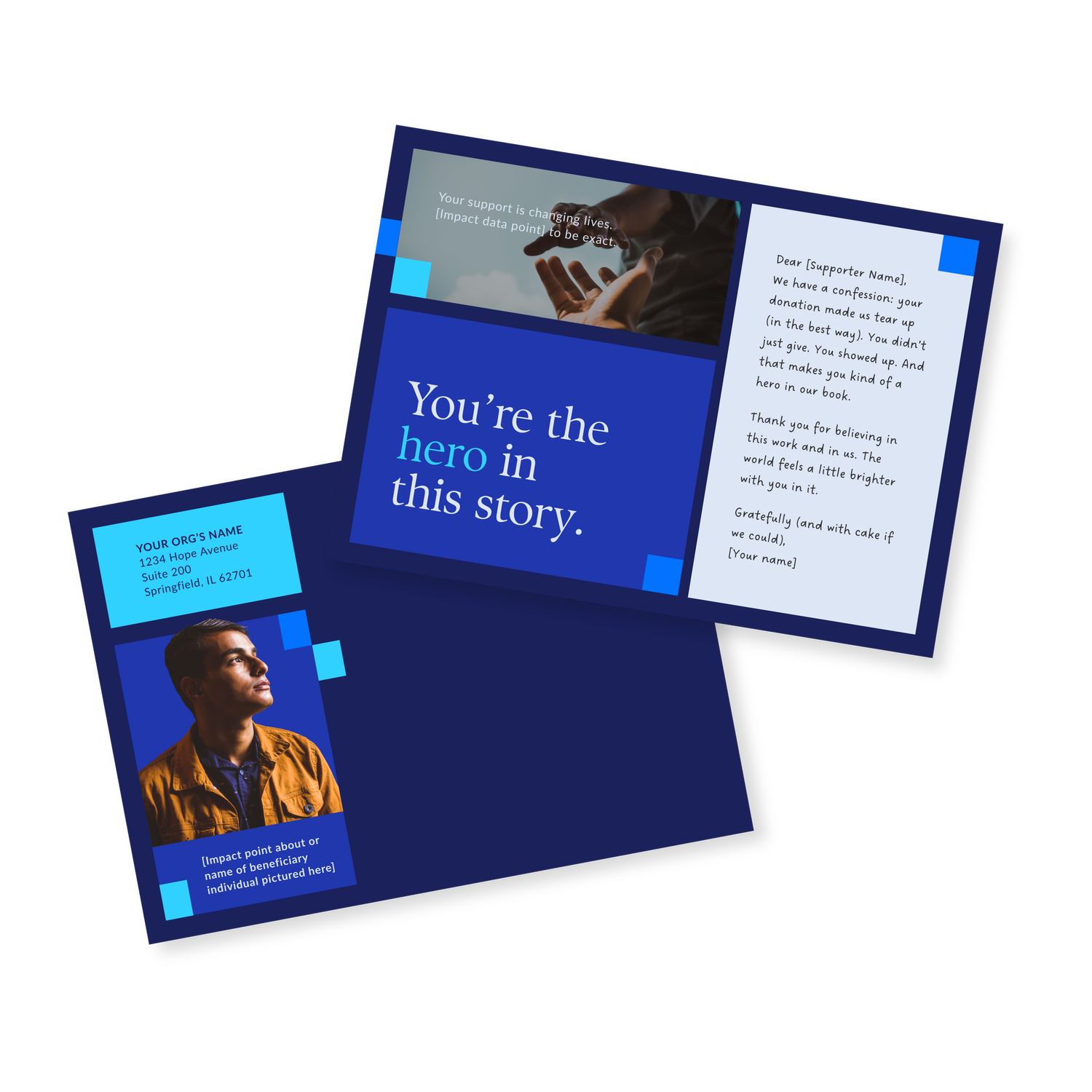If you’re doing work that changes lives (and we know you are), measuring your nonprofit’s impact isn't optional—it's essential.
Impact data tells the story of your mission in motion. It’s how you:
- Prove your purpose is working
- Attract aligned funders and partners
- Inspire supporters to stick around
- Make strategic decisions grounded in reality
Without it? You’re just hoping people feel the difference you make.
And while feelings are powerful, data + story? That’s a combo that gives people the confidence to invest, support, and stay involved.
Now, What Does Measuring Nonprofit Impact Mean?
Let’s keep it simple:
Measuring nonprofit impact means tracking how your work creates change—then using that insight to improve programs, strengthen communication, and make smarter decisions moving forward.
If you’re just getting started, one of the easiest first steps is to review last year’s data. Look for where you made clear progress and where the story feels incomplete. That’s your foundation.
7 Key Metrics to Track in Your Nonprofit
Every mission is different, but these data points are where most organizations should start:
1. People Served
Start with the basics: who are you helping? Include individual stories and outcomes to make the numbers meaningful.
Start here: Track by demographic, location, or program. Include what goals they reached because of your work.
2. Volunteer Hours
This shows community involvement and adds monetary value to your reports.
Start here: Multiply hours by the national value of volunteer time (currently $33.49/hr in 2024). ("Value of Volunteer Time", 2024)
3. Donors + Donation Trends
Yes, tracking donations is a must, but that data can tell you way more than just totals. Recording donations and their donors provides a financial record of where your funding comes from, along with the data you’ll need to thank your donors for their contributions in your annual report.
Start here: Track recurring donors, new vs. returning, average gift size, and donor retention rate.
4. Program + Admin Expenses
Where does the money go? Transparency builds donor trust and clarifies funding needs.
Start here: Break down spending into categories—fundraising, programs, admin—and visualize it.
5. Budget vs. Actuals
Are you spending according to plan? This data helps you adjust and stay on mission.
Start here: Review your planned vs. actual spending each quarter—it’ll show you where things are on track and where to fine-tune.
6. Net Income
Revenue minus expenses = your surplus (or deficit). This tells funders you’re financially sustainable or what you’re doing to get there.
Start here: Pair the number with a quick note on support for long-term goals.
7. Mission-Specific Metrics
This is your chance to show your unique impact. Think graduation rates, trees planted, policies influenced, people housed—whatever reflects your why.
Start here: Tie each metric directly to a program outcome or strategic goal.
Turn Your Data Into Stories (That Actually Get Read)
Collecting data is just the first step. The real power comes from how you use it.
If your impact is tucked away in a report no one really opens, it’s easy for people to miss it. Your data is both a year-end summary and something you can use every day to show people why your work matters.
Pair stats with stories
“10,000 meals served” gives people scale.
“Maria fed her kids during a job loss” gives them heart.
Together? That’s the kind of story that moves people to act.
Design Your Data
Numbers are important, but how you present them makes all the difference. Clear, well-designed visuals help people actually understand—and care about—your impact.
Ideas to try:
- Before/after impact snapshots
- Testimonial + metric combos
- Icon-based infographics for social
- Custom report templates (psst—we’ve got some great ones 😉)
Need help? Our Annual Report Design Intensive turns your data into a story your donors want to read.
Tailor Your Message to Your Audience
Not everyone needs to see the same stats. Here’s a quick cheat sheet:
.png)
A Simple 5-Step Plan to Start Measuring Your Impact
Start simple. Use the tools you’ve got, track what’s doable, and keep it consistent. Impact measurement just has to be useful.
1. Define Your Top 3 Outcomes
What change are you trying to create? Be specific.
2. Pick 3–5 Metrics That Support Them
Don’t try to track everything. Track what matters.
3. Choose a Tracking Method
Spreadsheet, CRM, Google Sheets—whatever your team can keep updated.
4. Check In Monthly or Quarterly
Schedule time to review trends. Adjust your strategy as needed.
5. Share It Regularly
Drop impact highlights in your newsletter, on social, and in fundraising emails. Keep the story going.
FAQs: Measuring Nonprofit Impact
What are common mistakes nonprofits make when they start measuring impact?
Many try to track too much too soon, focus on activities instead of real outcomes, or collect data they never use. It’s better to start with a few meaningful metrics tied directly to your mission and build from there.
How do we tailor metrics to fit our mission or programs?
Start by identifying the core change you want to create, then choose metrics that directly reflect that. For example, track college enrollment if you focus on education, or mental health improvements if you provide counseling. Your metrics should clearly align with your unique goals.
What if our team is small or doesn’t have a data expert?
Keep it simple. Use basic tools like spreadsheets, assign one person to track data, and automate collection where possible. You don’t need a data department—just a consistent system that works for your team.
How can we use impact data beyond our annual report?
Use key metrics in grant proposals, donor updates, social media posts, and advocacy materials. Pair numbers with real stories to make your message more compelling and help others share your impact clearly.
Measuring Nonprofit Impact Is About Direction
This isn’t about impressing people with numbers—it’s about helping them understand your mission and believe in your results.
When done right, measuring nonprofit impact becomes your most powerful storytelling tool.
And when it looks good? Even better.
Whether you need custom visuals, a polished report, or just a better way to share your story—we’re here for it.
👉 Book a call to craft your next data story with design that commands attention.










